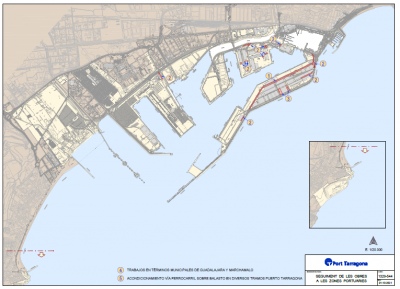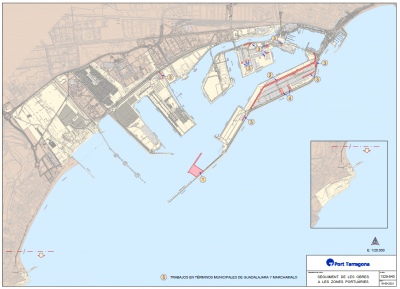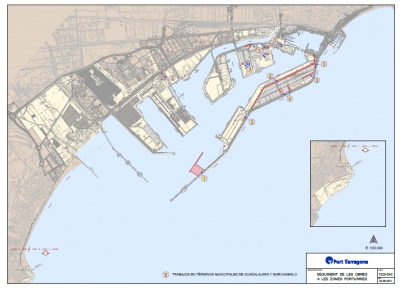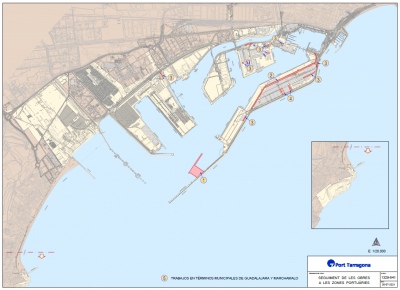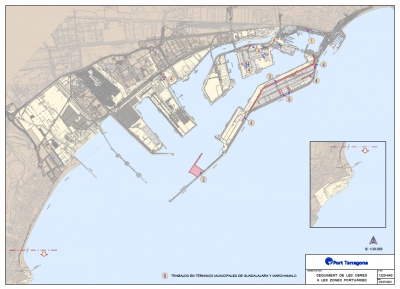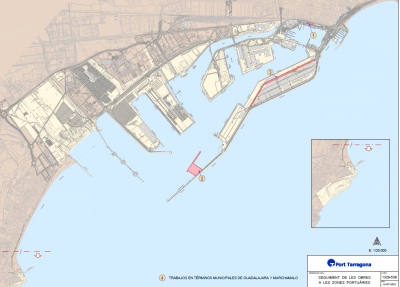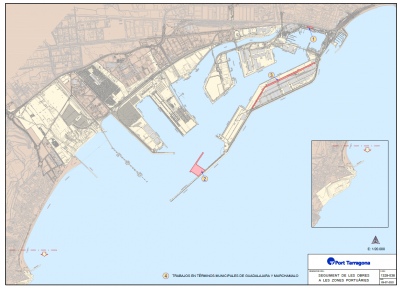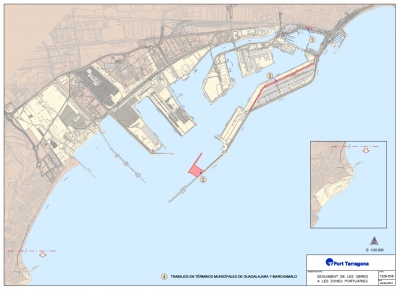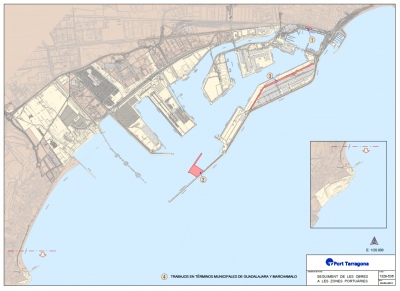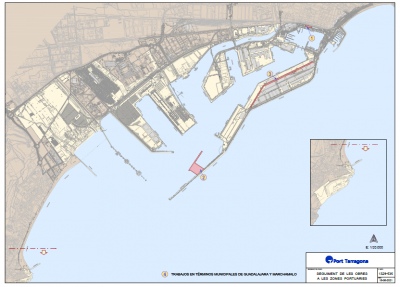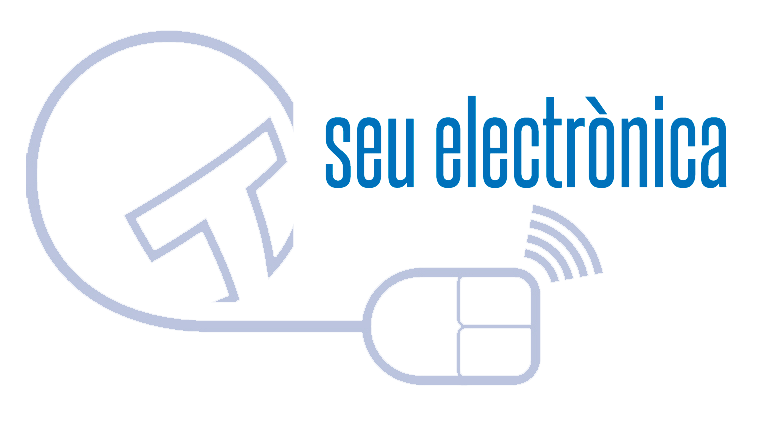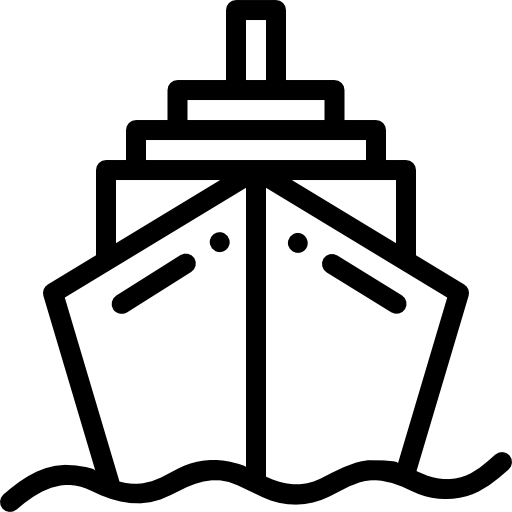Most Visited
Work with us
Job board of the Port Authority of Tarragona
Customer Service
Contact us
Open Data
Here you will find public data of the public character of the organization
Contractor Profile
Here you will find public data of the public character of the organization
Communication and press
News of interest and current affairs of the Port Authority of Tarragona
SEA
AGRI-FOOD DELIVERY SYSTEM
Ship location
Gisweb, ship situation program, stopovers and movements
Requests for services via ports
Requests for services and communications for the ship, the goods and the passage
Accreditation center
Administrative process involved in certifying a company/organization to access the Port
Traffic
Goods traffic at the Port Authority of Tarragona




